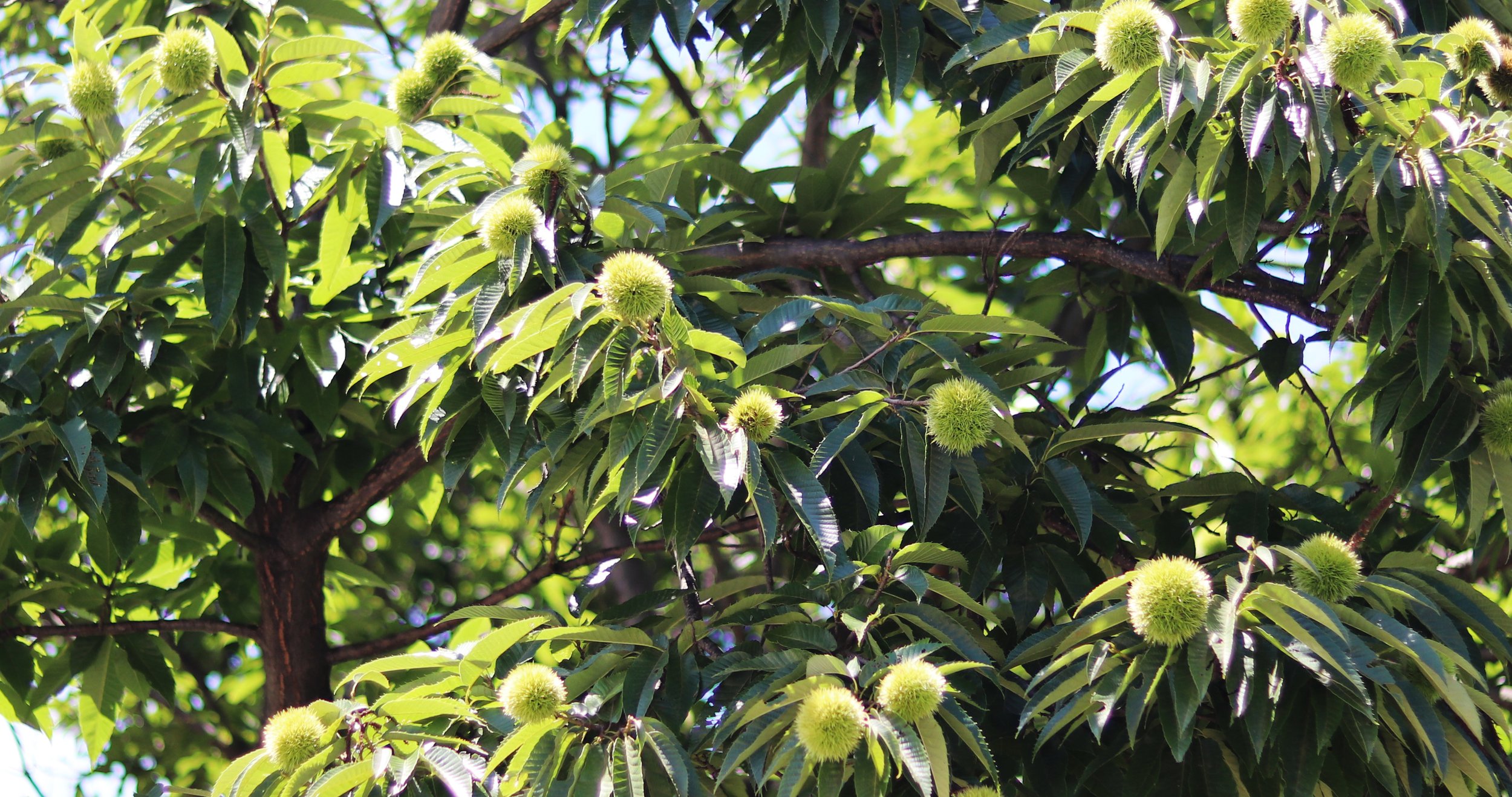
Reviving the Chestnut:
The Climate-Smart Crop
GALT is partnering with the Natural Resources Conservation Service (NRCS) to reintroduce chestnuts as a sustainable and profitable crop in Southwest Georgia by providing financial and technical support to farmers.
By leveraging climate-smart agricultural practices, we're not only reviving chestnut production but also addressing the urgent need for restorative farming. Our efforts aim to support farmers in transitioning their underutilized land into chestnut orchards, offering a more lucrative and sustainable avenue. Furthermore, this project aims to measure and promote the environmental benefits of chestnut farming by leveraging its significant carbon sequestration ability. Through this, we aspire to market chestnuts as a profitable and eco-conscious product, and contribute to a more environmentally sound agricultural landscape.

Why Chestnuts?
Historically, chestnuts were a vital part of American culture, sustaining families through tough times until a devastating chestnut blight wiped out billions of these iconic trees in the early 1900’s. The revival of chestnuts offers a chance to restore this cultural legacy while increasing carbon sequestration. These trees can sequester a significant amount of carbon —over 0.75 tons per acre in the first five years, escalating to 8 tons at maturity. Their root systems also aid in capturing excess nutrients, lessening water pollution, while the tree itself provides habitat for diverse wildlife like birds and beneficial insects.
How will this project help producers?
Farmers will be reimbursed for 90% of the pre-approved costs over a 5 year period for the tasks required to transition their land to climate-smart chestnut orchards. Each task will need to be verified prior to reimbursement.
-

Year 0-1
Field Prep & Planting Year
Potential activities include land reshaping, seeding, fertilizer, pH adjustment, essential deer fencing, ground preparation, clover/grass planting, management, tree costs, planting, guards, mulching, irrigation system installation as per USDA guidelines, and annual reseeding for optimal clover growth.
-

Year 2
Growing Year
Potential activities completed this year include pruning, tree replacement, pest control, herbicide, mowing, irrigation power bill, irrigation repair, fertilizer, mouse control, management, and cover crop planting. Fields will be reseeded annually to allow for an excellent stand of clover.
-

Year 3
Growing Year
Potential activities completed this year include pruning, tree replacement, pest control, herbicide, mowing, irrigation power bill, irrigation repair, fertilizer, mouse control, management, and cover crop planting. Fields will be reseeded annually to allow for an excellent stand of clover.
-

Year 4
Growing Year
Potential activities completed this year include pruning, tree replacement, pest control, herbicide, mowing, irrigation power bill, irrigation repair, fertilizer, mouse control, management, and cover crop planting. Fields will be reseeded annually to allow for an excellent stand of clover.
-

Year 5
Growing Year
Potential activities completed this year include pruning, tree replacement, pest control, herbicide, mowing, irrigation power bill, irrigation repair, fertilizer, mouse control, management, and cover crop planting. Fields will be reseeded annually to allow for an excellent stand of clover.

Where?
This project’s focus is in Southwest Georgia, including areas in the following counties:
Early
Baker
Calhoun
Colquitt
Dougherty
Lee
Miller
Mitchell
Randolph
Terrell
Worth



